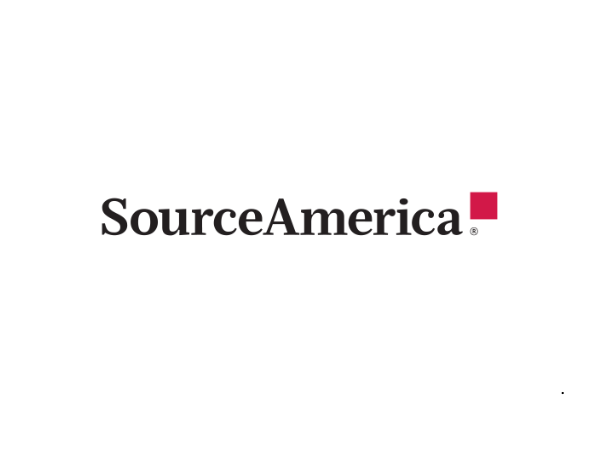Saving the Buyer-Supplier Relationship is All About Shared Risk
- SPESA
- Dec 16, 2022
- 3 min read
By Sourcing Journal
Pandemic-era supply chain relationships have not always been on equal footing, with suppliers occasionally having to foot the bill for order cancellations and brands sometimes being left in the dark on the raw materials within their products.
Paul Magel, president of application solutions at CGS, is adamant that it will take two to tango for any buyer-supplier relationship to thrive in the increasingly convoluted supply chain environment.
“If there are disruptions, whether it’s a pandemic or a boat in the Suez Canal, there must be a mutual shared risk model or mutual trust in place to make sure that one party or the other isn’t going to be stuck holding the bag,” Magel said in a recent fireside chat with Sourcing Journal.
This shared risk becomes a necessity as legislation has further-reaching impacts on the supply chain. Whether it be the Uyghur Forced Labor Prevention Act (UFLPA) or the looming New York Fashion Act, regulations are raising the financial stakes for brands, in particular.
“At the end of the day, it’s your brand reputation,” Magel said. “It’s also your bottom line…some of the fines can get egregious as we go forward.”
When asked if brands are currently ready to handle the anticipated legal hurdles, Magel put it candidly, “I don’t think they’re prepared.”
“You’re seeing brands now, who for a long time didn’t want to be in their suppliers’ business, have a need now to be in their suppliers’ business,” Magel said. “They need to be much stronger partners in how they do the work and share information.”
With so many individual supply chains still operating without this shared data, CGS BlueCherry Shop Floor Control (SFC) technology is designed to empower both onsite and offsite managers and executives to view production milestones, key performance indicators and work-in-process inventory for production steps such as materials receiving, spreading, cutting, sewing, quality assurance/quality control (QA/QC) inspection and packaging.
For example, sewing operators and production workers can view productivity pacing tools and instructions for performing operations. Supervisors see alerts about brewing bottlenecks, with recommendations for how to remedy them. Mechanics gain insight on which machines need attention and can track and manage machine, equipment and parts inventories and maintenance records, including downtime and repair costs.
With data being such a pivotal part of the SFC technology, Magel cited three areas buyers and suppliers should leverage data to gain more visibility: work-in-process, product quality and compliance.
Work-in-process data, which represents goods currently in the production process but not completely finished, enables users to know whether the materials are being cut or sewn, for example, or if unfinished goods have reached a shipping dock.
The sharing of real-time product quality data enables brands and suppliers to get on the same page with pricing strategies and identify defects, according to Magel.
The third “leg of the stool,” or compliance data, encompasses areas like labor tracking, raw material provenance and product origin.
“Again, back to the shared risk model, it’s only as good as the information being tracked,” said Magel. “You have to be able to trust your supplier that they’re putting in the information that’s true and accurate so that you’re not held responsible when people start to order those goods.”
This interview was published in Sourcing Journal December 16, 2022. CGS, Inc. is a SPESA member.
SPESA members are encouraged to email news and releases to marie@spesa.org or maggie@spesa.org to be featured under Member Spotlights.
.png)




Comments